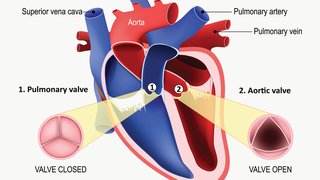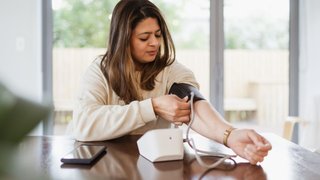
It’s a normal day and you’re walking to a meeting at work, strolling through the mall with a friend, or enjoying a meal at a favorite restaurant. Suddenly, a person near you clutches his chest and collapses – he’s having a heart attack. Just like that, you’re in the middle of a cardiac emergency.
What should you do to help?
In Dallas and throughout Texas, many public places have a device on hand that could potentially save a life: an automated external defibrillator, or AED. This device administers an electric shock to a person’s system during cardiac arrest, when the heart stops pumping blood throughout the body. Nowadays, defibrillators are routinely stationed in airports, gyms, malls, and other public areas.
Using an AED may sound intimidating, but the devices are simple to operate and designed so anyone can use one if needed. Learning how to use an AED now will save precious time if you are ever in the middle of an emergency.
Below is a nine-step primer on how to use an AED to potentially save a life.
Meet Dr. Link
A nationally recognized expert in electrophysiology and hypertrophic cardiomyopathy, Mark Link, M.D., is one of the top cardiac specialists in Dallas. As Director of Cardiac Electrophysiology at UTSW, he has been a principal investigator on a number of research studies and a collaborating author of hundreds of articles, abstracts, and chapters in medical journals and textbooks.











